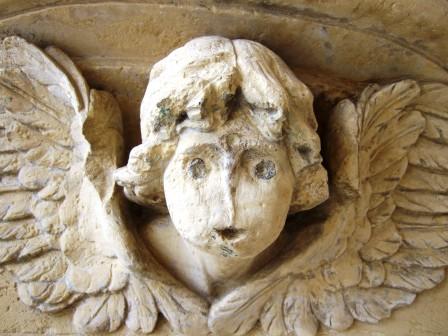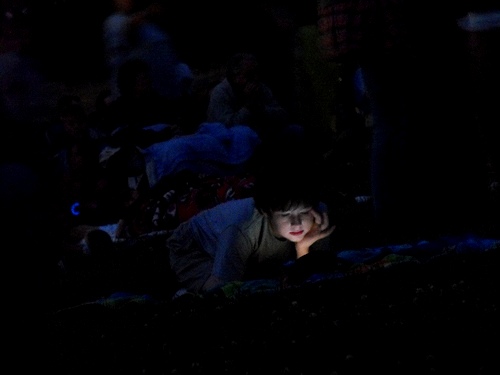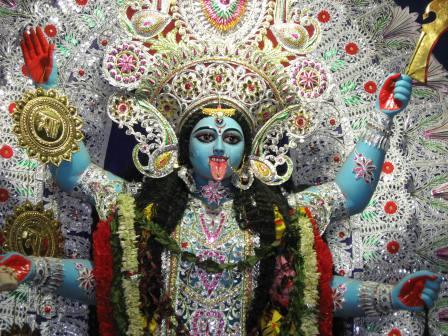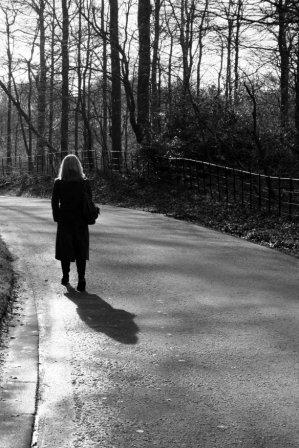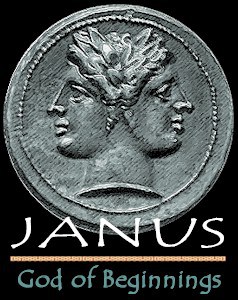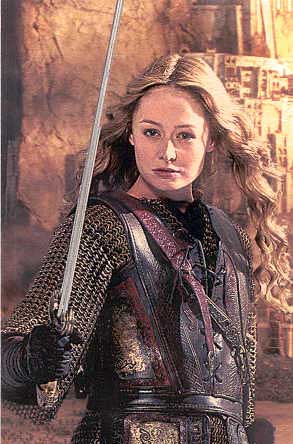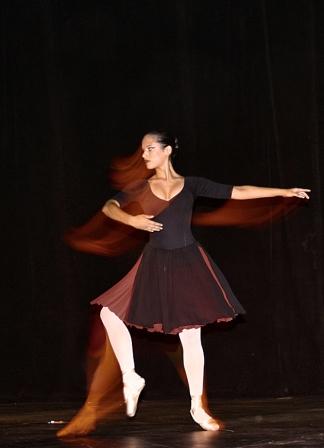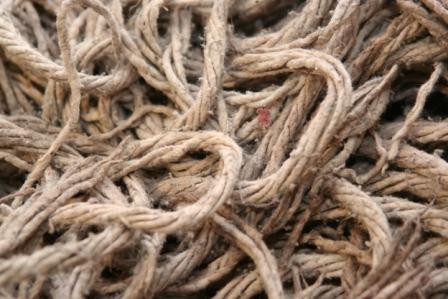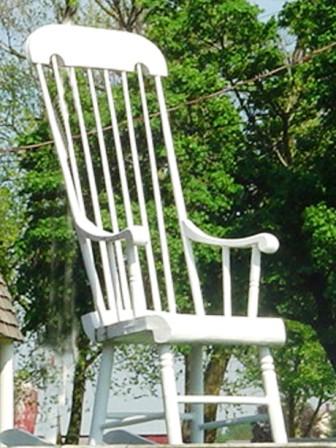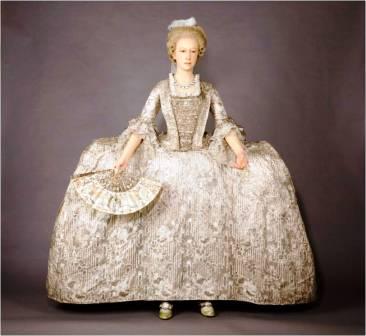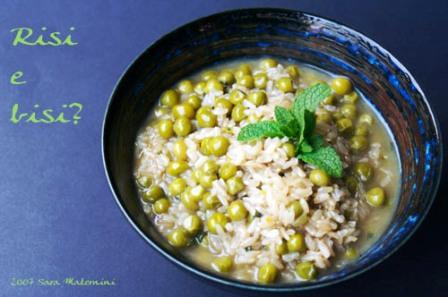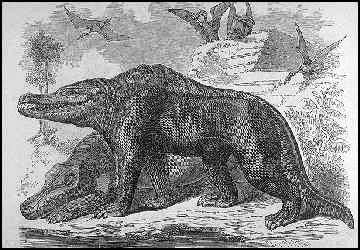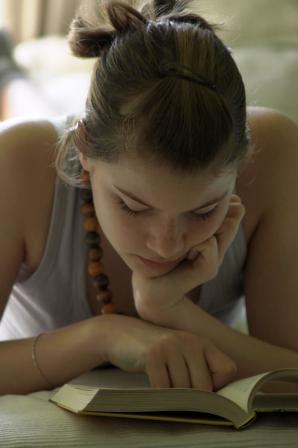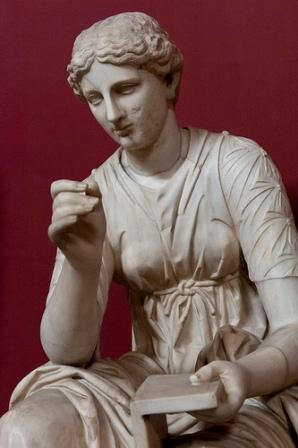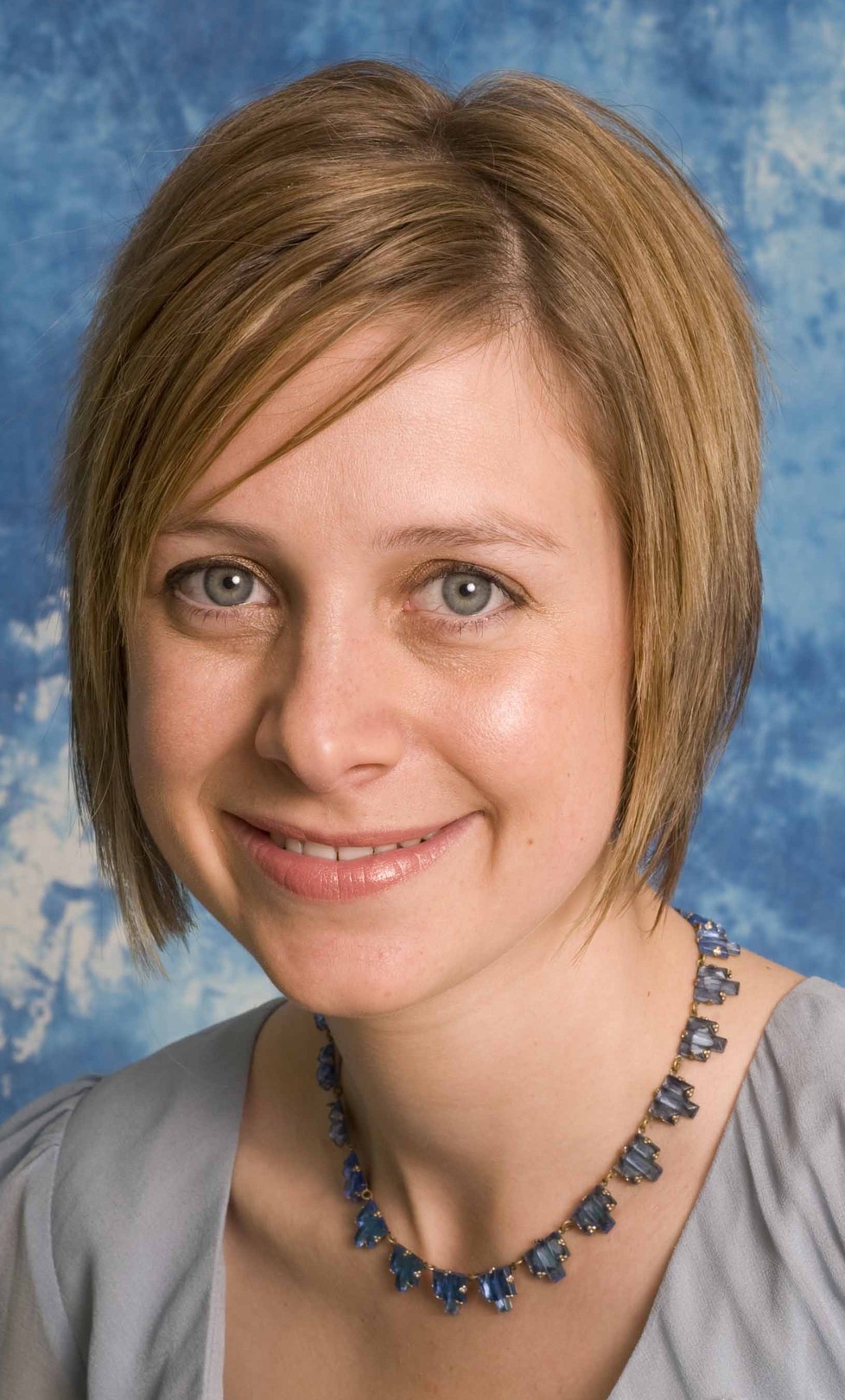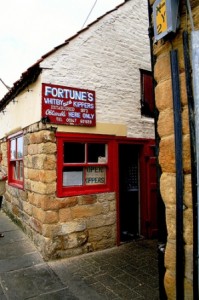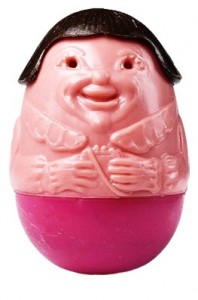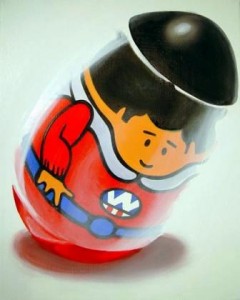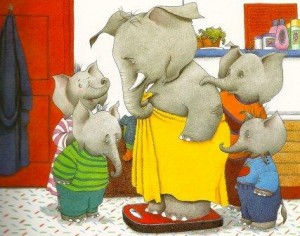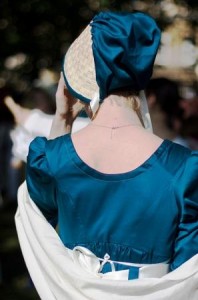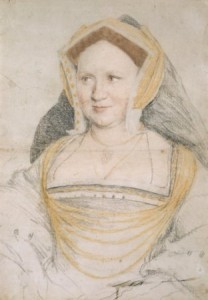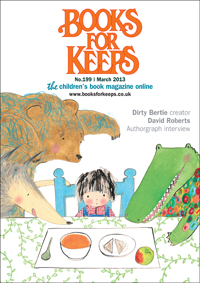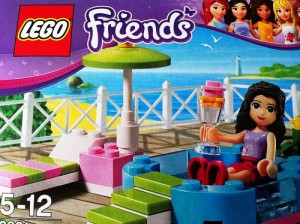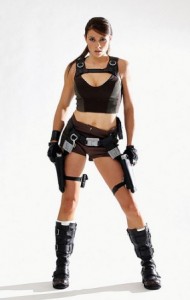In case you hadn’t guessed from all my recent posts, I’m busy editing.
I am doing it with the help of the rather marvellous Book Map© courtesy of The Golden Egg Academy. I shan’t steal their thunder – or would that be their cock-a-doodle-dooing? It suffices to say that it’s a jolly fine way of organising what the blue blazes is going on in your story.
I do have one caveat about it, however.
It isn’t a proper map.

Proper maps are crinkly and you can roll them up and they have ‘Here be dragons’ on them. They have puffy-cheeked winds blowing twin-masted brigantines over squiggly blue seas whilst mermaids look on. And they are most definitely drawn, not written.
That thought led me to consider maps in comparison to stories. A map is a way of showing what something is like to someone else. It has to be based in reality but it isn’t the reality itself. Yet a really good one can almost seem real, and with imagination you can get lost in it.
That seems familiar.
There are conventions that make them easier to read, that resemble many other maps; yet each one is unique. It can show something different – or even if it is the same, the way it is shown can be distinctive enough to make you see it in a new light. Styles have changed over time – and yet the old ones have resonance, they help us see things how our predecessors saw them.
Snap!

And creating them?
It seems so similar to me.
- first I foray into unknown places and blunder about enchanted
- then my wanderings get doodled down at random, I am exhausted, uncertain what’s important
- then comes the serious sorting-out – I must make it clear to follow, decide what kind it is, make it suit the person who will read it (interesting that we say ‘read a map’) and yet remain true to what I have discovered
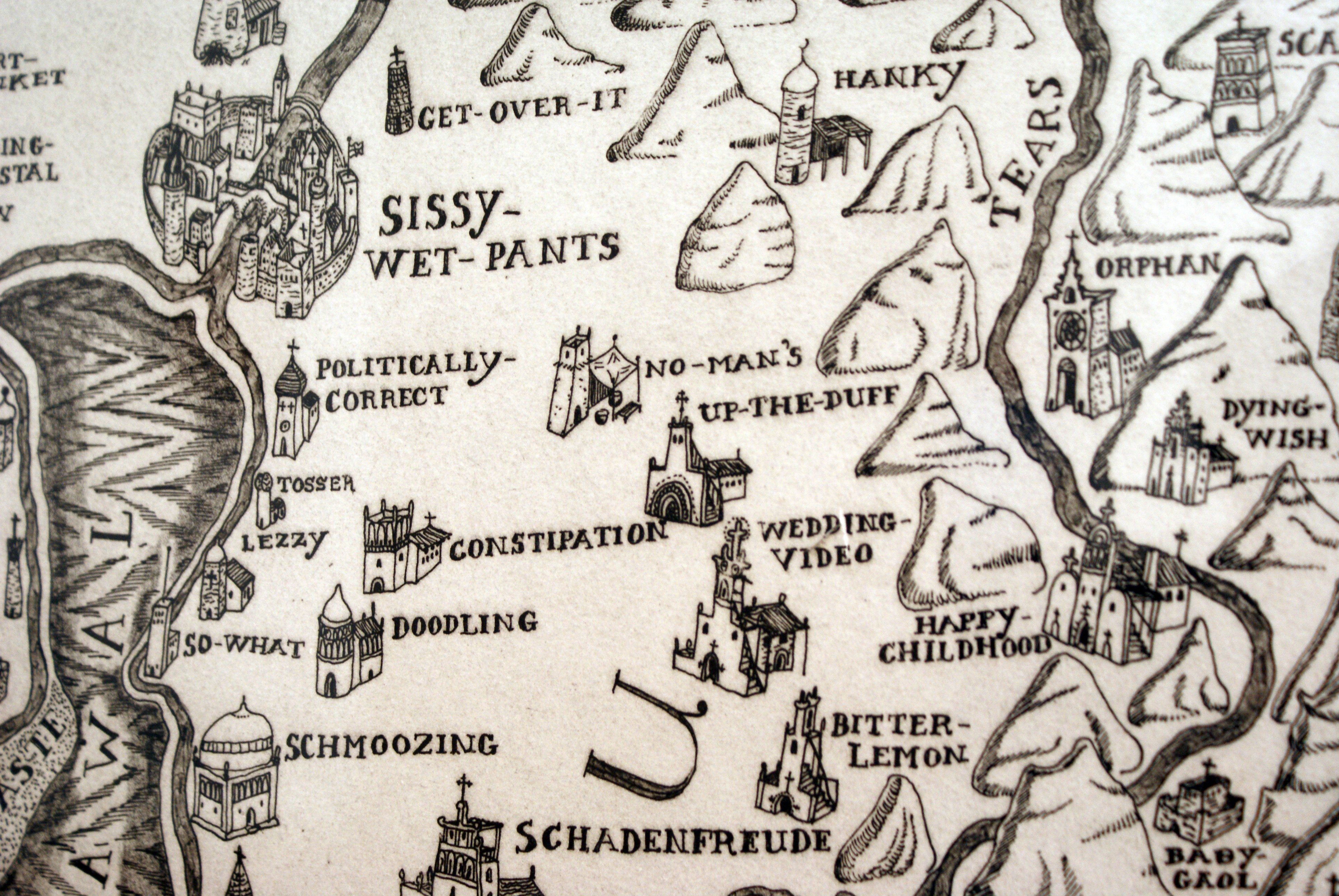
Detail of a map by Grayson Perry- he charts his ideas and feelings in wonderful, intricate detail.
- I don’t have to be a frost-bitten Polar explorer or get winched down ravines in darkest Borneo to find new places to explore – they are all in my head.
- Google can’t get there.
![By c. kennedy garrett (originally posted to Flickr as [1]) [CC-BY-2.0 (http://creativecommons.org/licenses/by/2.0)], via Wikimedia Commons](http://upload.wikimedia.org/wikipedia/commons/7/75/Young_woman_with_map.jpg)

